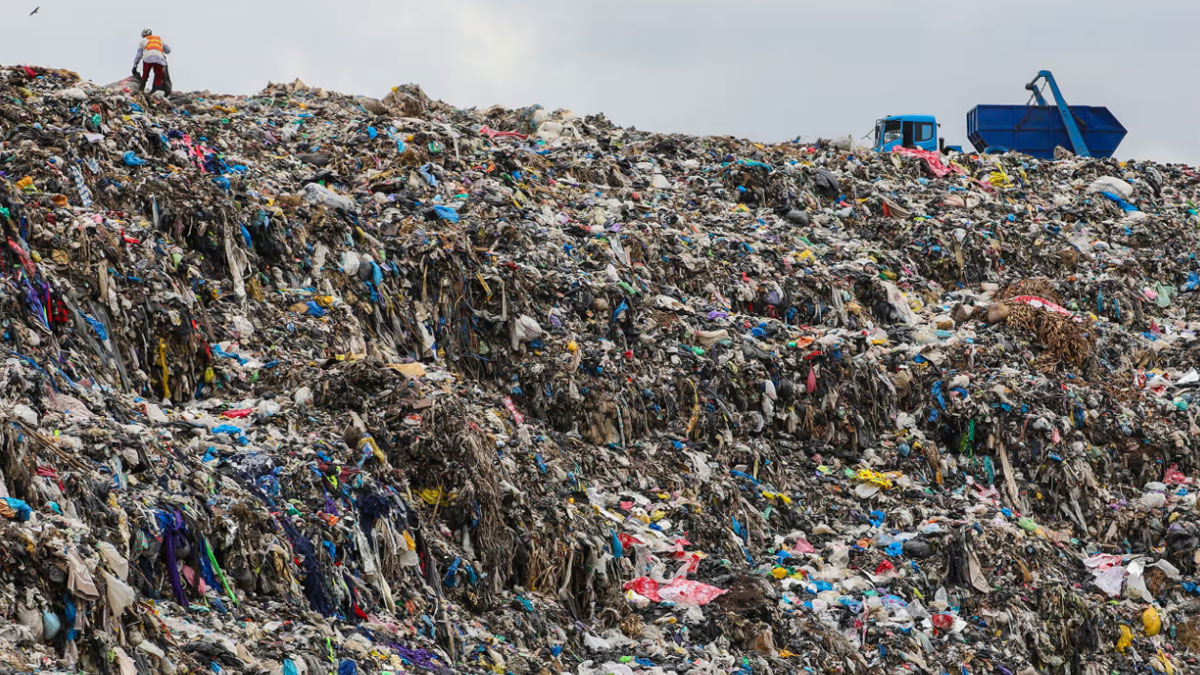
As many as 40% of clothes made each year – 60bn garments – are not sold. Experts say tackling such obscene waste will require radical changes in production – and legislation
No one knows exactly how many coats, jeans, T-shirts and trainers are produced every year, which means no one knows how many garments remain unsold in warehouses, destined for landfill or destruction. Without this information, trying to reduce the fashion industry’s carbon footprint is a bit like trying to solve a puzzle in the dark.
The available statistics suggest that between 80bn and 150bn garments are made every year and that between 10% and 40% of these are not sold. So it could be 8bn or 60bn excess garments a year – an alarming disparity.

“Production volumes represent a really important opportunity to bring honesty back into the conversation,” says Liz Ricketts, the co-founder and executive director of the Or Foundation, an environmental justice charity based in Ghana. “It’s a data point that everyone has accessible to them. It’s just about companies being willing to share it.”
Believing that transparency about production volumes is central to assessing and tackling the scope of fashion’s environmental problems, the Or Foundation launched the Speak Volumes campaign in November, which invites brands to disclose how many units they made in 2022.

So far, 32 small- and medium-sized businesses have participated. The largest disclosure came from the British brand Lucy & Yak, which produced 760,951 pieces; the smallest was from the Scottish brand Mlambo, at just 100 items. It’s a far cry from the billions of garments thought to be manufactured by fashion’s biggest players, none of which have participated.
Stay tuned for the latest news on our radio stations

